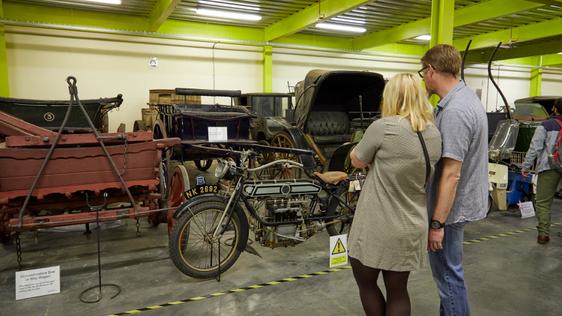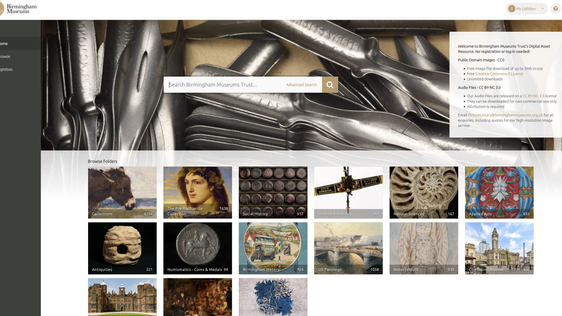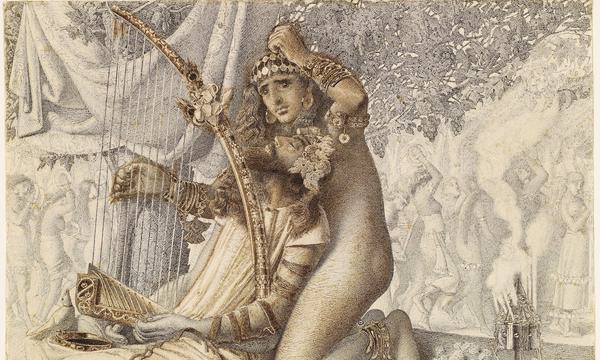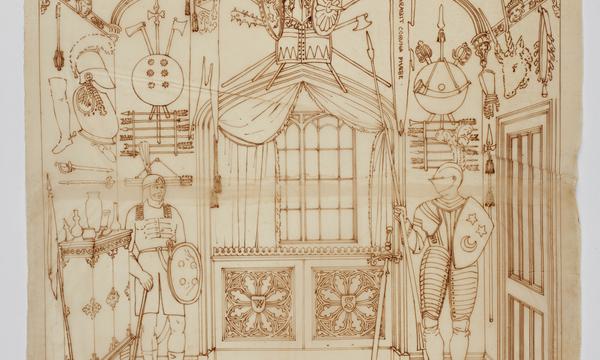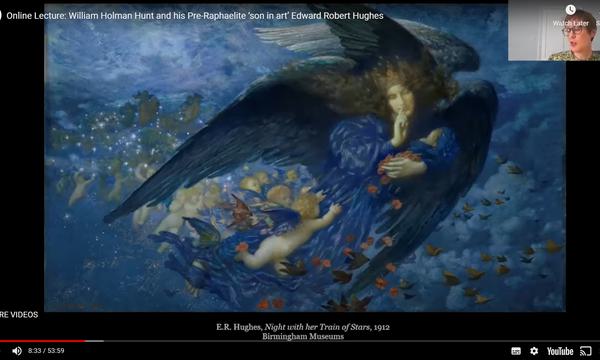Collection
The collection is one of the city’s greatest cultural assets and a priceless resource for learning, engagement and creativity.
It consists of around 800,000 objects, displayed and stored in our nine venues. Most areas of the collection are Designated as being of national importance, and it includes the finest collection of Pre-Raphaelite art in the world (not currently on display).
Please be aware that objects from our collections are not always on public display.
If you are hoping to view a specific object or collection, please check the ‘Highlights' or 'What to See’ pages on our venue websites for current display information for that venue. Alternatively, feel free to contact us before your visit.
Discover our collection
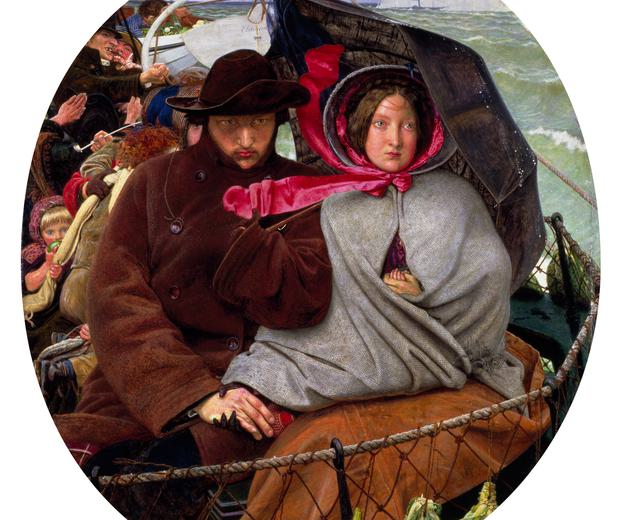
Art and design collection
- British Art
- European art
- British Decorative Art and Design
- European Decorative Art and Design
- Folk Art
- World Art
- Dress and Textiles
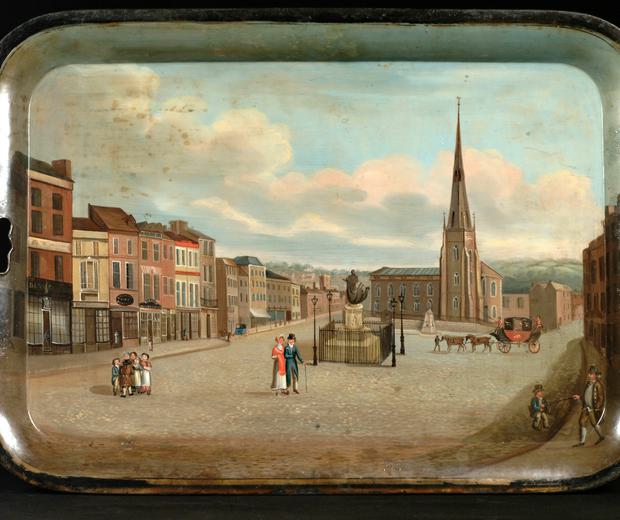
Human history collection
- Numismatics and Philately
- Birmingham History
- Topographical Views
- West Midlands History and Archaeology
- European Archaeology
- Ancient Civilisations
- World Cultures (Ethnography)
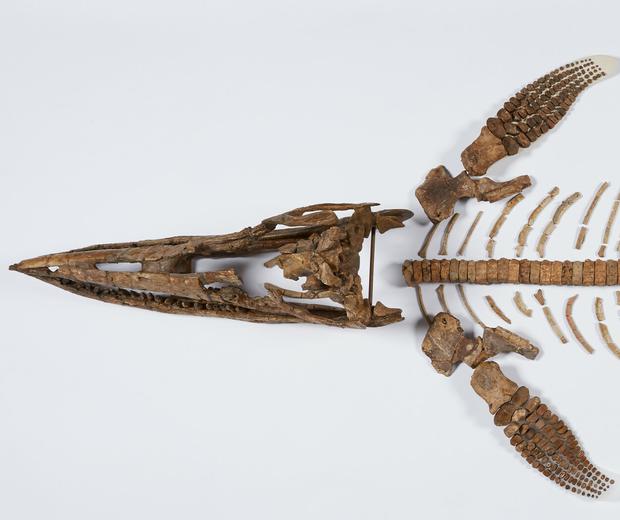
Natural science collection
- Entomology
- Invertebrates
- Zoology
- Ornithology
- Botany
- Earth science
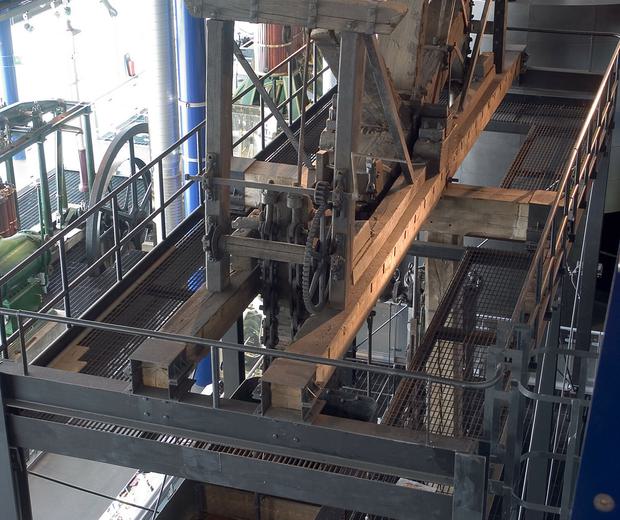
Science and industry collection
- Manufacturing
- Engineering
- Science and medicine
- Technology and transport
